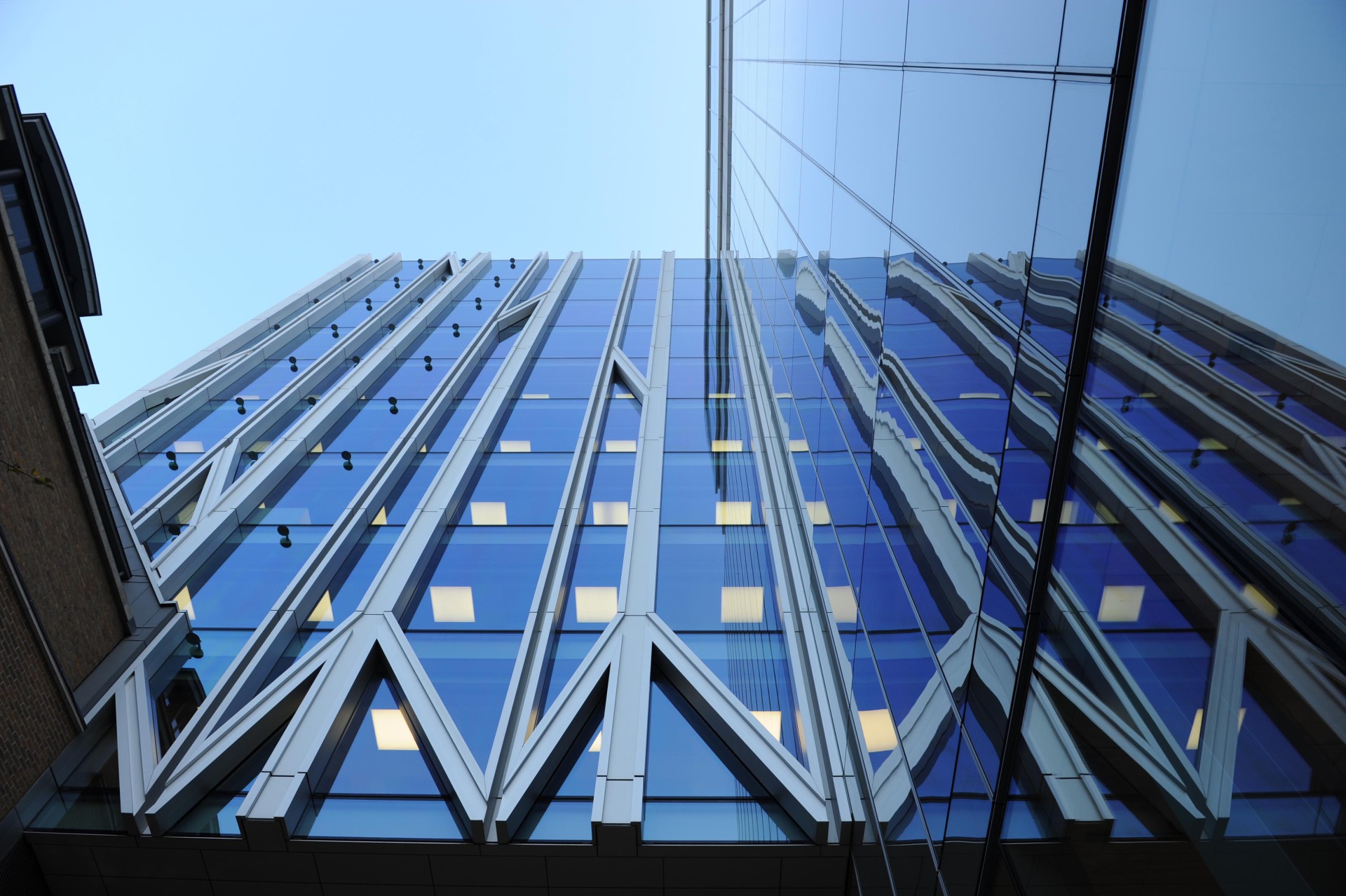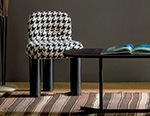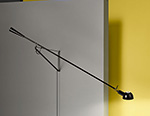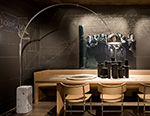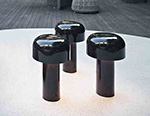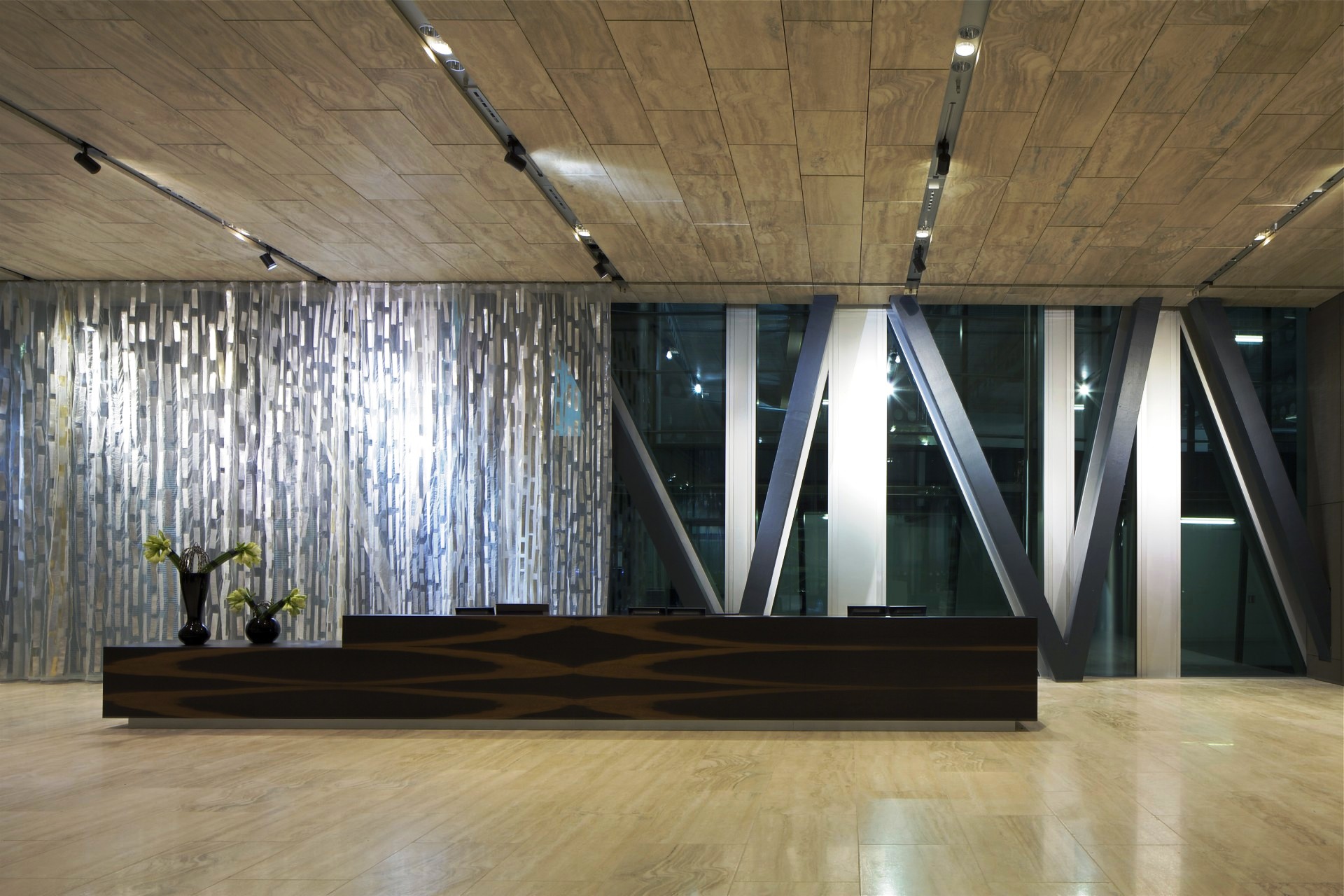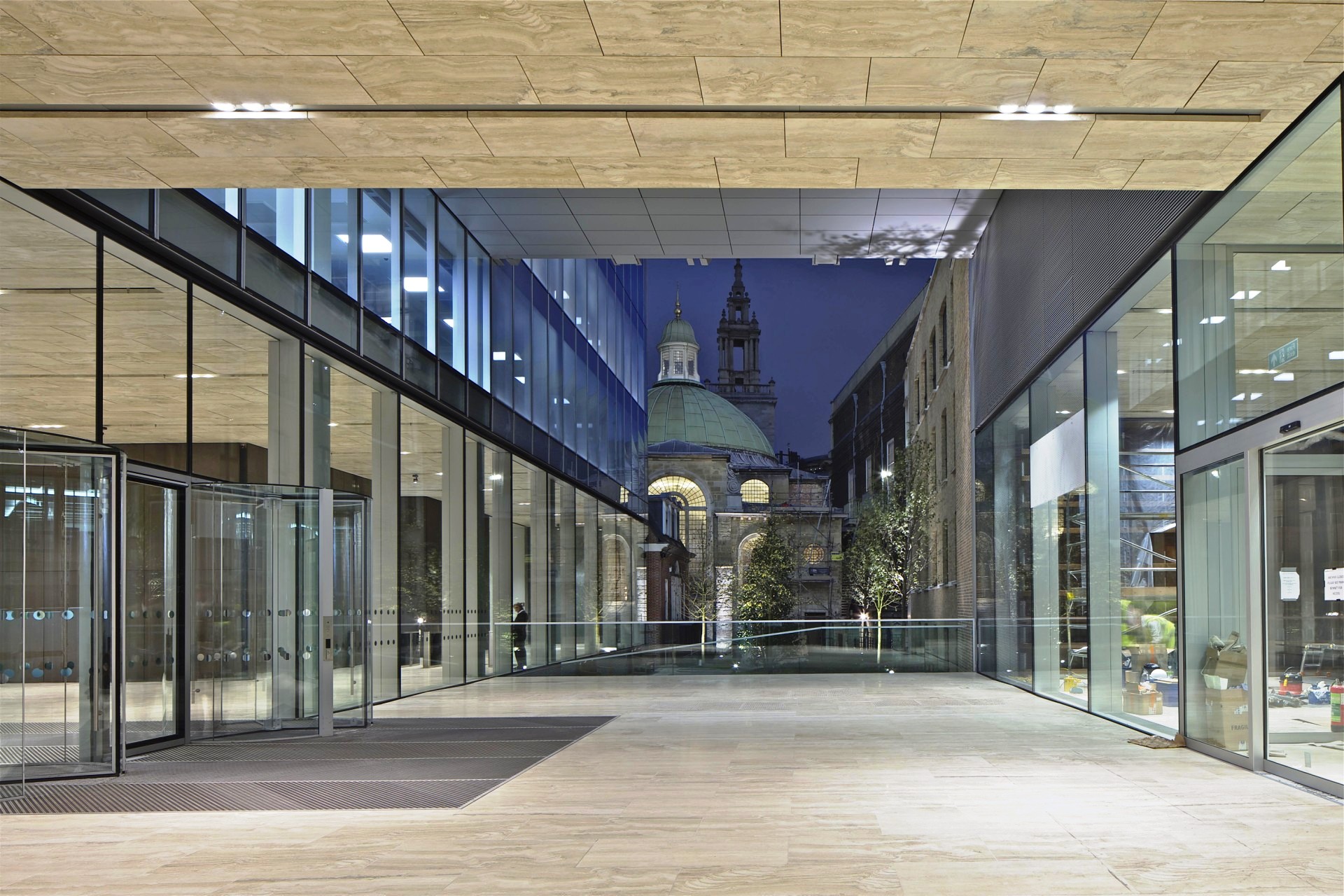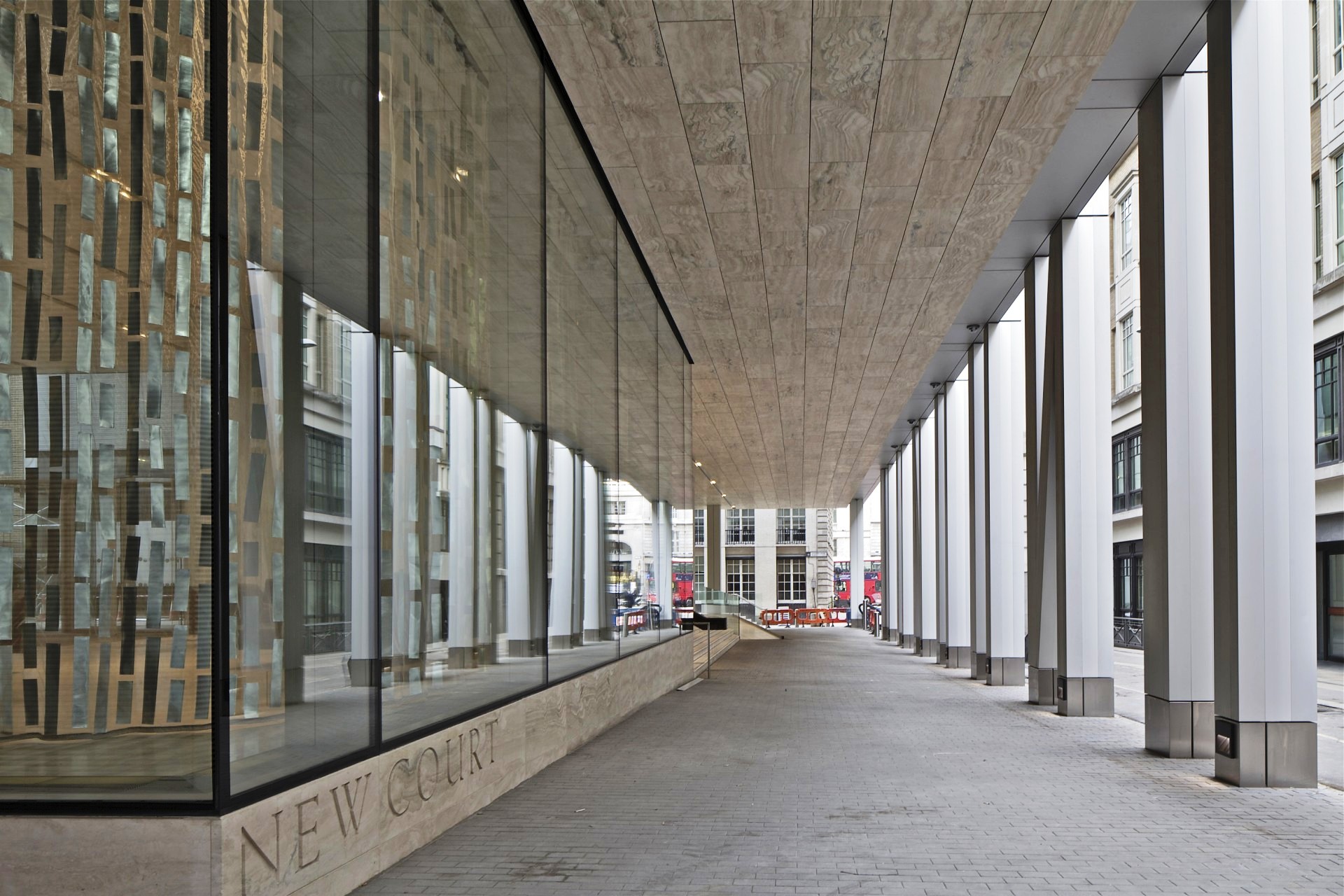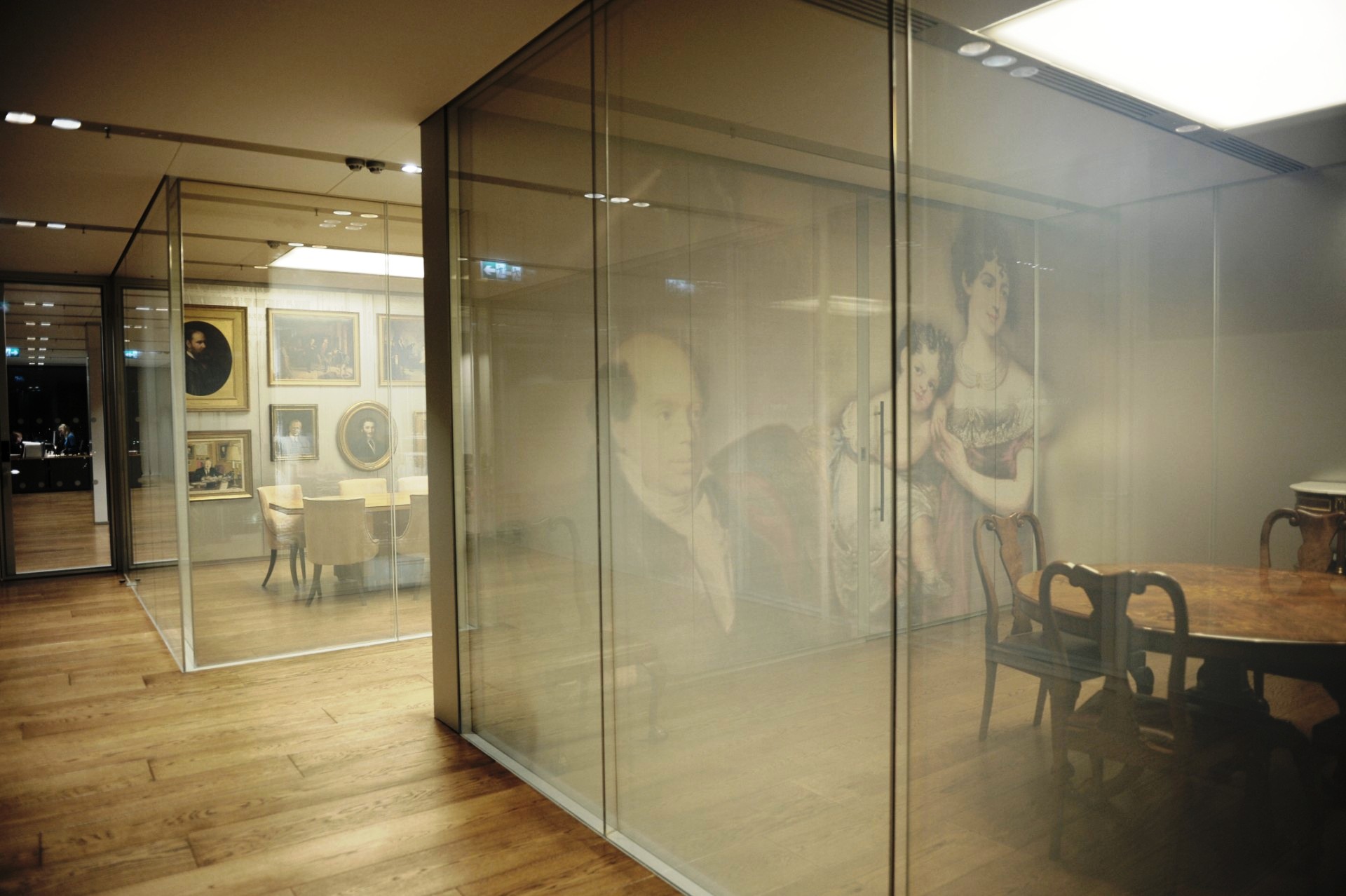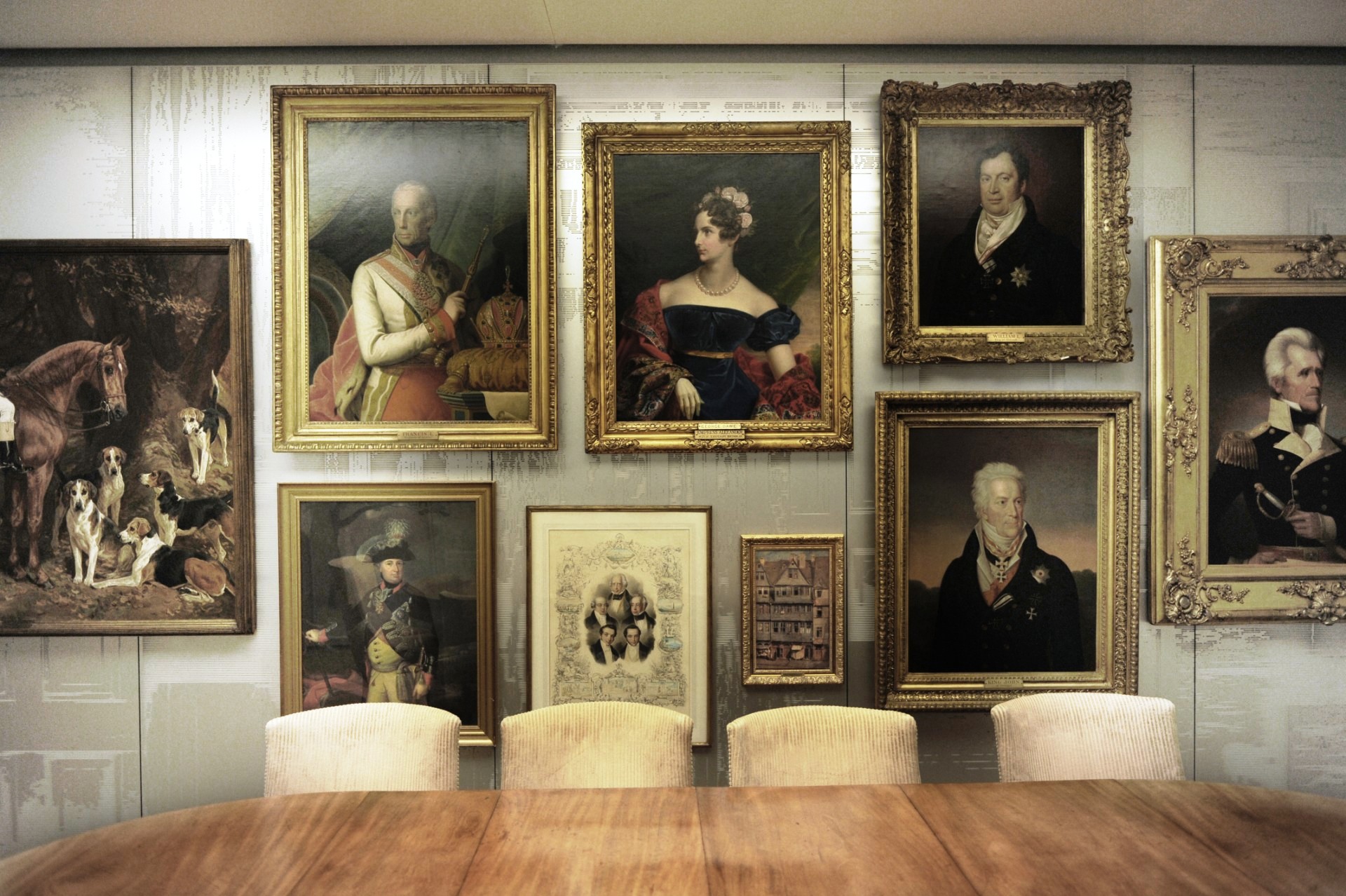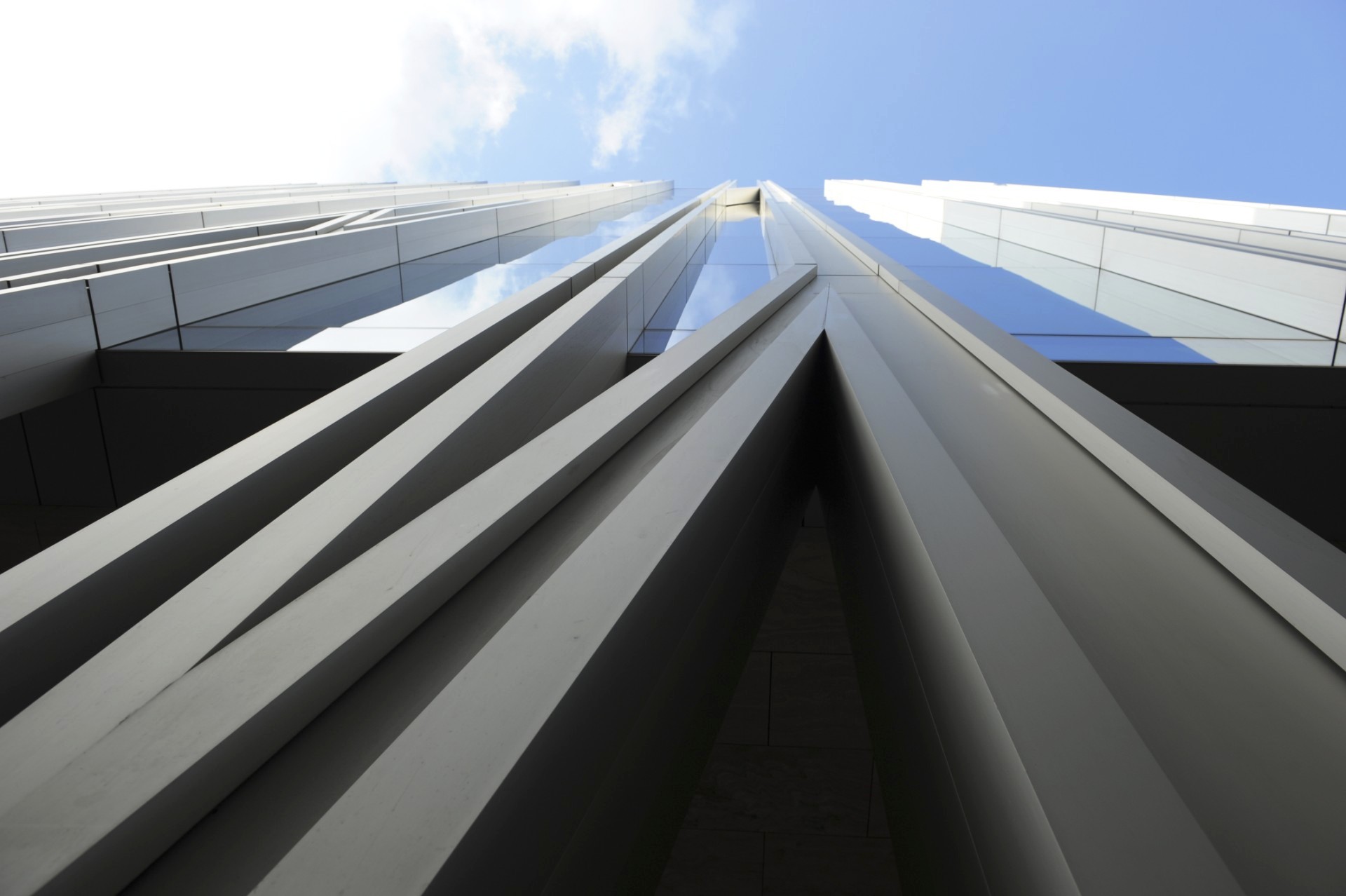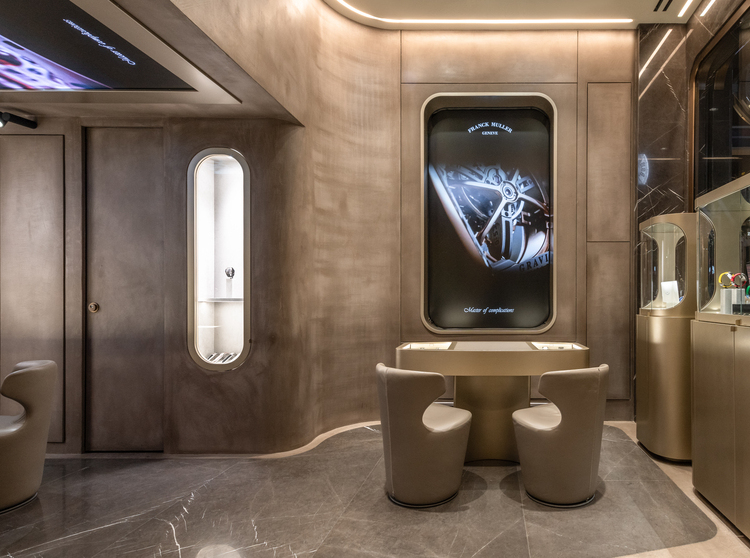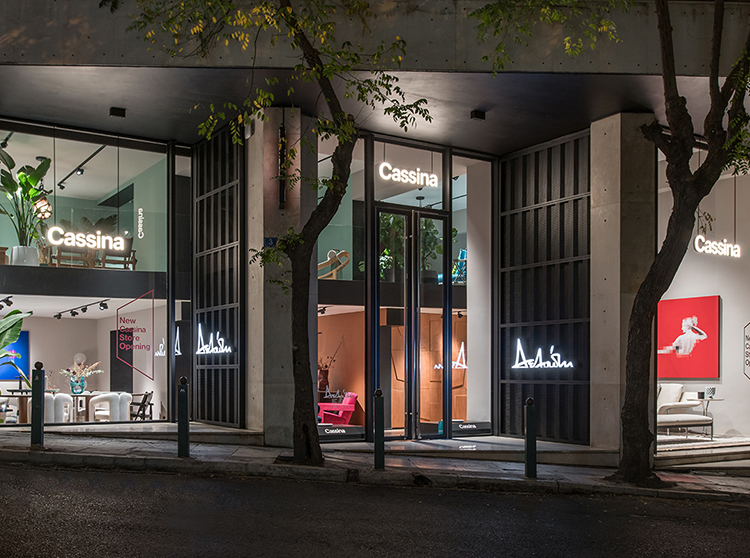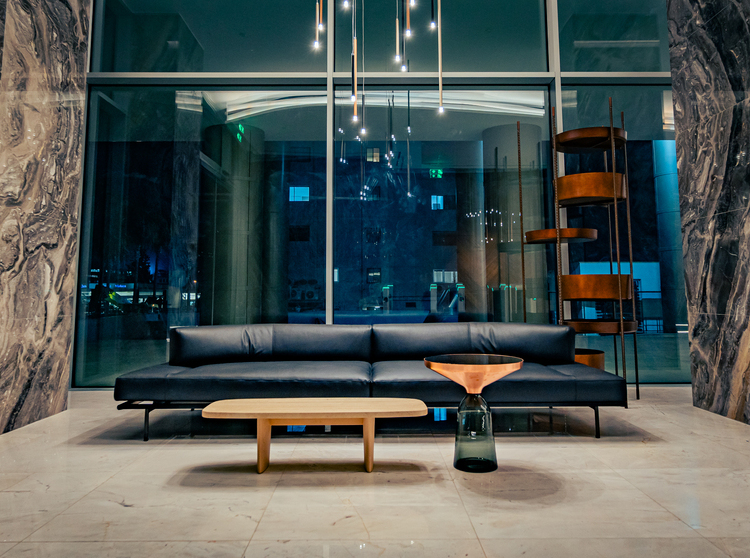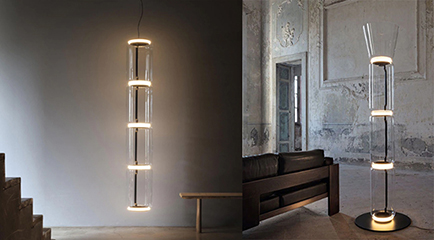The London headquarters of Rothschild by OMA has been located at New Court, nestled in the medieval alley of St Swithin’s Lane, since Natahan Mayer Rothschild moved there in 1809. New Court is adjacent to Christopher Wren’s St Stephen Walbrook church, completed in 1680.
In February 2005, Rothschild convened a restricted competition among Europe’s leading architects to design a new headquarters on its historic New Court site. The new building would be the fourth iteration of Rothschild’s London headquarters there. Led by Partners-in-charge Rem Koolhaas and Ellen van Loon, OMA designed a building with most of its mass lifted up from the medieval streetscape, reinstating the visual connection between St Swithin’s Lane and St Stephen Walbrook Church, which had been hidden from view following 200 years of development.
For the first time, New Court now has a generous and intriguing relationship with its surroundings. Instead of competing as accidental neighbours, the church and New Court now form a twinned urban ensemble, an affinity reinforced by the proportional similarity of their towers. The new 21,000m² building is comprised of a ‘cube’ of open office space with smaller annex volumes for shared spaces and private work areas.
Based on the survival of ancient patterns, routes and agreements, the City (never formally modernized, yet submitted to the relentless pressure to expand) has survived through a regime of arbitrary rules, more of sensibility than of logic – a triumph of improvisation over foresight. Its current vital, and indestructible, authenticity seems to represent a definitive rebuke to the dubious charms of the ‘grand project’.
The essentially medieval layout of the City, with its narrow streets and densely packed buildings, has historic and modern buildings side by side, offering one of the most architecturally rich built environments in the buildings from almost every era represent the key moments of the City’s changing prosperity.
New Court is hidden within the City; located in a cluster of buildings which form the historical core of the financial centre of the City of London. Surrounded by buildings of significance, the new development will preserve and enhance this heritage while contributing a new dimension to the area.
Banking is a sector in permanent turmoil and restless innovation that, for obvious reasons, represents itself as stable, traditional and conservative. Without banks, the majority of our visions would never be realized, yet banks themselves resist any explicit manifestation of the visionary.
The Palazzo Vecchio in Florence was a strong inspiration in the design of the building. The Medici family had a close relationship with the city of Florence, mutually influencing each other over time. As active merchants and bankers the Medici handled important financial affairs with the Church and the most important European courts.
From 1540-1550 the Palazzo Vecchio was the home of Cosimo I de’ Medici, who had Vasari enlarge the palace to fit the tastes of the grand-ducal court. Drawing a parallel between the two families, the Palazzo Vecchio becomes the prototype for the new building at New Court.
The new building at New Court is discreet and contemporary, with a powerful aura, as the Rothschild history becomes a crucial element in the narrative of the project and the site. The reliance on trophies and anecdotal evidence that defines its décor has been replaced by a more interpretive presence that is distributed throughout the entire structure, transforming the more literal reading of the current momentos into a more abstract layer of references that in their physical form act as screens between the various compartments of the building and as filters between inside and outside.
Project: Rothschild Bank Headquarters
Year: 2011
Client: NM Rothschild & Sons
Location: St Swithin’s Lane, City of London
Site: New Court, enclosed in cluster of buildings, adjacent to the 17th century St. Stephen Walbrook church; with main entrance on the narrow St. Swithin’s Lane
Program: Office headquarters: 13,000m2
Partners in charge: Rem Koolhaas, Ellen van Loon
Photography: Philippe Ruault & Charlie Koolhaas
